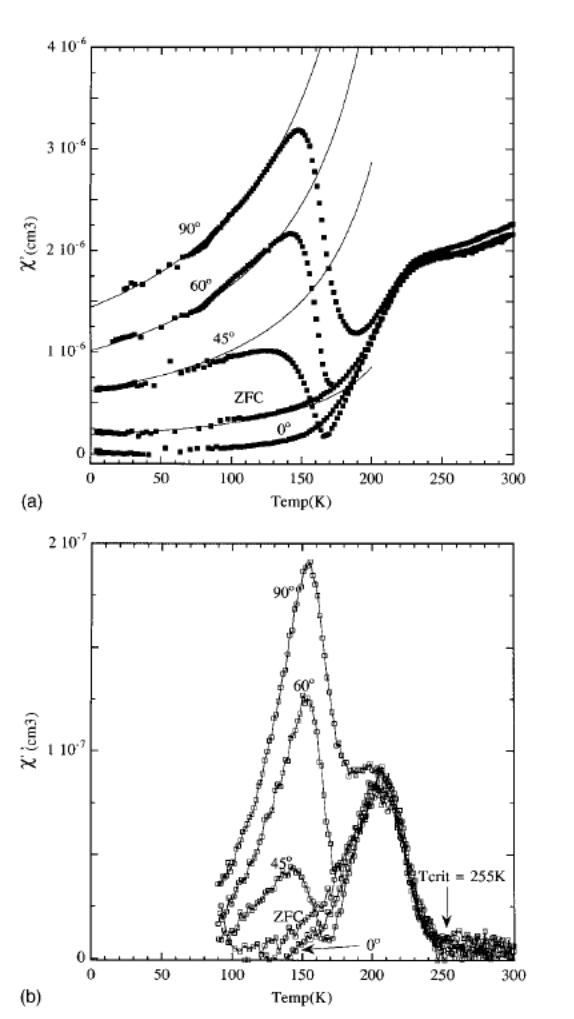Exchange anisotropy in CoO/Co thin films
Although exchange anisotropy was discovered back in 1956 (W. H. Meiklejohn and C. P. Bean, Phys. Rev. 105, 904 ~1956), it is not yet clear how it works in detail. With a weak AC magnetic field technique, we could conclude that the strength of the ferromagnetic-antiferromagnetic interaction is much stronger than previously anticipated. This was due to a failed understanding of antiferromagnetic domain wall propagation encountered by the conventional determination of exchange anisotropy from hysteresis loop displacements.

Collaboration with Johan Akerman/Jönsson Kista, KTH, Dan Dahlberg Minnesota
V. Ström et al., "Determination of exchange anisotropy by means of ac susceptometry in Co/CoO bilayers," Journal of Applied Physics, vol. 81, no. 8, s. 5003-5005, 1997
